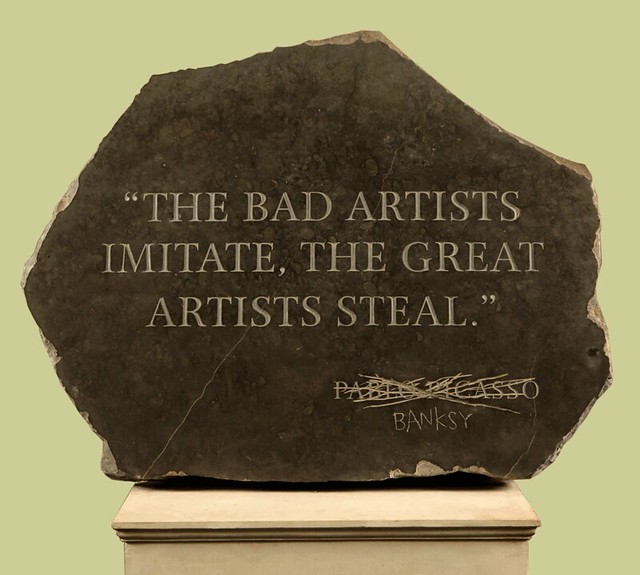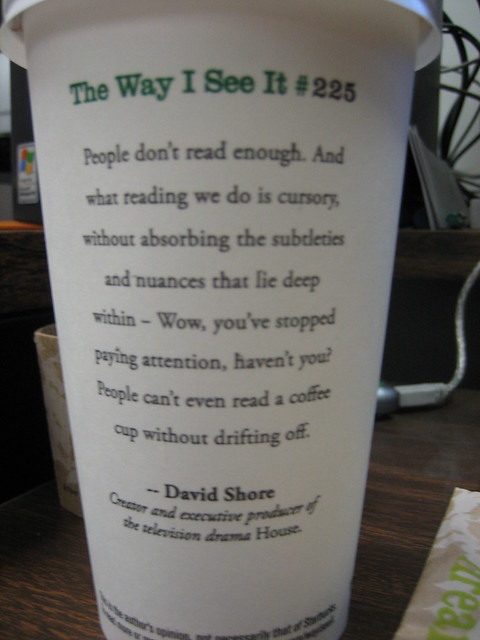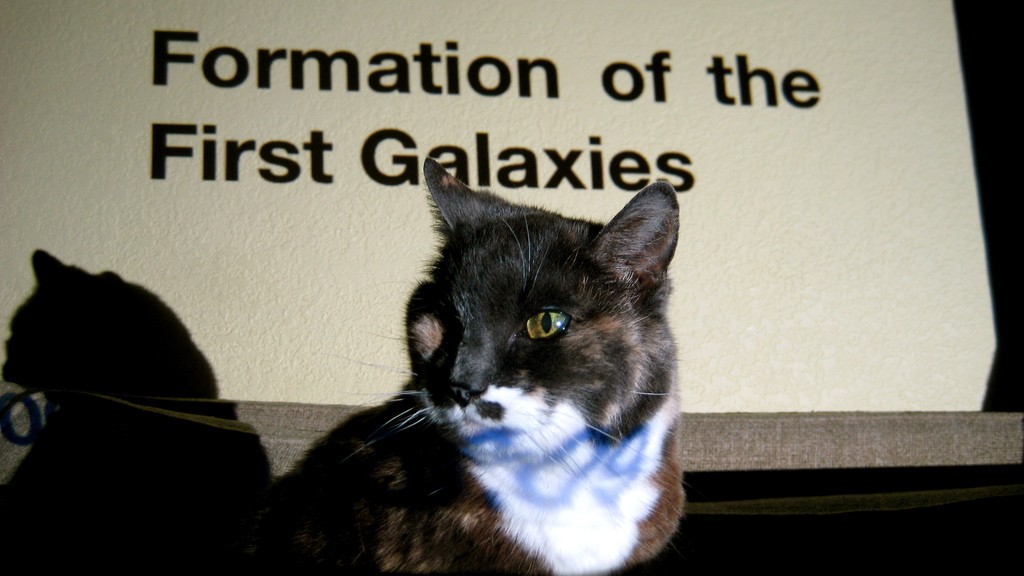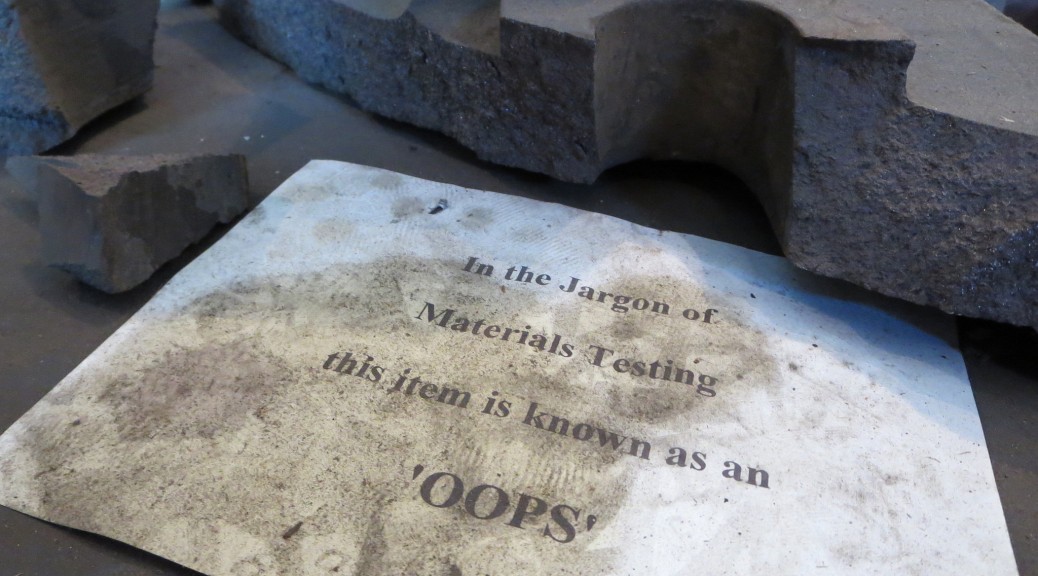The Oxford English Dictionary defines “aesthetics” as follows:
The philosophy of the beautiful or of art; a system of principles for the appreciation of the beautiful, etc.; the distinctive underlying principles of a work of art or a genre, the works of an artist, the arts of a culture, etc.
One of the central texts for this class is Writer/Designer. In their handbook Arola, Ball, and Sheppard present writing and composing texts as design processes. Design–whether one is creating texts, teapots, or telescopes–can imply both the creation of something that is uniquely suited to and useful for a particular purpose, as well as something that is aesthetically beautiful or attractive.
Now that you have a little more experience designing in a number of different technical communication genres, you should have some ideas about the relationship between utility/usability and aesthetics in technical communication. Is effective technical communication–i.e., technical communication that is useful and usable–necessarily aesthetically pleasing or attractive as well? In what kinds of rhetorical situations does aesthetic appeal enhance the effectiveness of technical communication? In what kinds of rhetorical situations might aesthetic appeal detract from the effectiveness of technical communication? When should we care about creating technical communication that is beautiful, entertaining, fun, etc.? And when, if ever, are such concerns irrelevant to our primary goals of utility and usability?
To the extent that aesthetic concerns inform and shape technical communication processes, new digital technologies arguably facilitate the creation of artifacts that are well-designed in every sense. Indeed the New London Group, whose theory and pedagogy provide some of the foundations for the approach to composition described and encouraged in Writer/Designer, argue that multimodal composition most often involves “redesign” whereby “available designs” are remixed and repurposed, rather than the creation of something entirely new. Laser printers and the availability of templates, color-pickers, image filters, and programs such as InDesign, Publisher, and Scribus, arguably give amateur desktop publishers design and print capabilities once reserved for the most experienced and talented professionals.
Given how technology has reconfigured the rhetorical situation, we might ask what role the creation of something truly “new” plays in contemporary technical communication? Is “novelty” or “originality” something for which technical communicators should strive, in what rhetorical situations? How do we define or redefine plagiarism in an environment where remixing and reuse are recognized as normal, even essential parts of the composition process? And if technology opens the possibility that even amateur efforts might meet “professional” aesthetic standards, one might ask the questions “who sets such standards?” and “why do they matter?”
Posting: Group 2
Commenting: Group 1
Category: Aesthetics
What do you think? In your Blog #12 post, take a position about how aesthetics influence technical communication, and how new digital technologies may be affecting how aesthetics shape our understanding of “usability,” “utility,” and “effectiveness” as they apply to technical communication artifacts. As always, craft your response as a cohesive essay or argument, rather than a list of answers to the questions and topics outlined here. Please carefully read and follow the guidelines and posting information for this blog.















